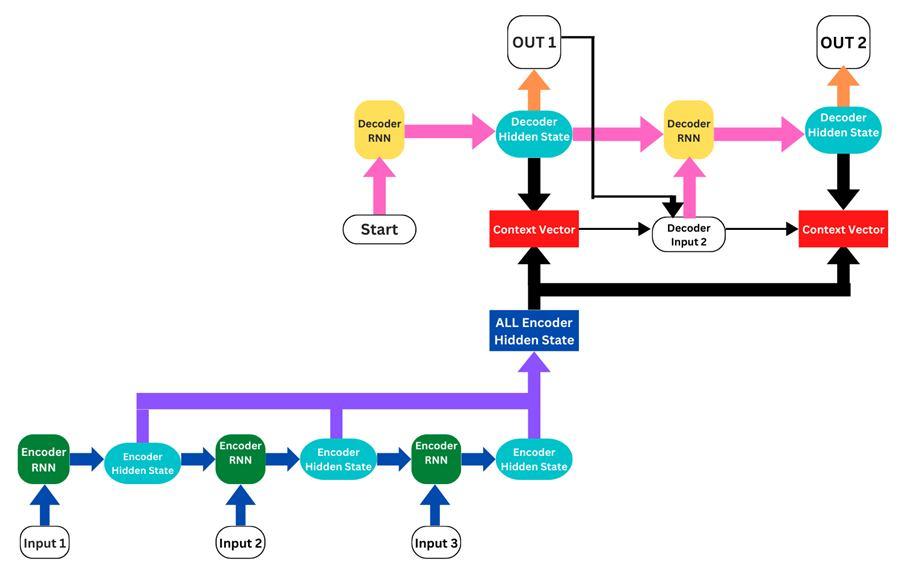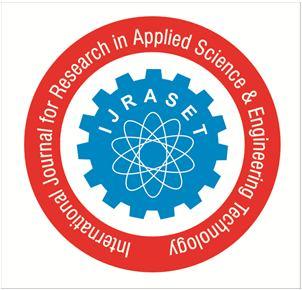
4 minute read
Abstractive Text Summarization using Deep Learning
Department of Information Technology G.H. Raisoni college of Engineering Nagpur, India

Advertisement
Abstract: The number of text records has increased dramatically in recent years, and social media structures, including websites and mobile apps, will generate a huge amount of statistics about non-text content. structure, including blogs, discussion forum posts, technical guides, and more. Statistics, which constitute human behavior and intuitive thinking, consist of many records that are relatively difficult to manage due to their large number and various factors. However, the demand for statistics summarizing textual content is increasing. Text summarization is a way of analyzing unstructured text and converting it into meaningful statistics for evaluation that will produce the necessary number of useful records. This study describes a deep learning method for effectively summarizing textual content. As a result, the reader receives a condensed and focused model of the unique textual content.
Keywords: Abstractive, Deep Learning, Text Summarization, encoder-decoder, Attention mechanism.
I. INTRODUCTION
Abstract text summarization is a technique of interpreting text while focusing on parts that convey useful information without changing the original meaning of the source result. An abstract summary algorithm generates new sentences from given sentences by changing the words but not changing the exact meaning.
Abstract text summarization is a strategy for creating a concise, accurate summary of long texts while focusing on paragraphs that provide relevant information and preserve the overall meaning. The current multiplication of unstructured textual data circulating in the digital realm requires the development of automated text synthesis technologies that allow users to draw simple conclusions. We now have immediate access to massive amounts of information. The huge volume of textual data on the web has multiplied as the rapid expansion of the Internet makes it significantly difficult for further activities, such as document management, text classification, and informational research. believe.
Advanced deep learning algorithms are used in abstraction-based synthesis to interpret and condense the original text, just as humans do. Extraction is still commonly used because the text synthesis algorithms required for abstraction are more difficult to generate. To triumph over the grammatical mistakes of extraction techniques, summary device studying algorithms can generate new terms and sentences that constitute the maximum critical statistics from the supply text. However, the field of DL-based abstract text summarization currently lacks a thorough literature review, however, this article provides a comprehensive overview of DL-based abstract text summarization.
II. METHODOLOGY
A. Sequence-to-Sequence Modeling
Machine learning includes the neural network method referred to as "sequence-to-sequence learning," which is primarily utilized in models for language processing.
It can be made using encoder-decoder-based machine interpretation, which transforms an input sequence into a series of output sequences with a tag and consideration esteem, and recurrent neural networks (RNNs).
The objective is to attempt to anticipate the following state arrangement based on the previous succession using two RNNs that will cooperate using a unique token.
Sequence-to-sequence models can also be implemented using attention-based techniques. Sequence-to-sequence models are neural networks that take a sequence from one domain (for instance, text vocabulary) as input and produce a new sequence in a different domain (i.e. summary vocabulary).
There are two major components of a sequence-to-sequence model are
1) Encoder
2) Decoder
ISSN: 2321-9653; IC Value: 45.98; SJ Impact Factor: 7.538

Volume 11 Issue III Mar 2023- Available at www.ijraset.com
Encoder-Decoder: The encoder will record the input sequence's information and represent it in a hidden state The output order will be predicted by the decoder using the encoder's most recent hidden input state. The two major methods used to increase the encoder's efficiency are reversing the input text (reverse encoder) and bidirectional encoding. The reverse encoder receives the input sentence in its reversed form. Alternative: bidirectional RNN. The past and future are only vaguely known.
B. Attention Mechanism
A complex cognitive ability required for humans is attention. An important feature of perception is that people often do not validate most of the information at once. Instead, people tend to selectively focus on a certain piece of information when and where it is needed while at the same time ignoring other noteworthy information. The efficiency and accuracy of cognitive information processing is significantly increased by the attention mechanism.
The encoder-decoder model for machine translation has been improved with the addition of an attention mechanism. The idea behind the attention mechanism is to give the decoder flexible access to the most important components of the input sequence through a weighted permutation of all the encoded input vectors, the best-fit vectors get the highest weights. In this project we use global attention, which is a kind of attention mechanism.
III. IMPLEMENTATION
First of all, the text summarizer will take input from the user in the form of text which has to be summarized. Then the entered data is preprocessed to understand the distribution of the sequences. This data is summarized and presented as an output that is ready to share.
A. Datasets
Data set is a collection of data. Data sets can also contain a collection of documents or folders.. We used fine cuisine ratings from Amazon as the dataset for our model. The collection spans more than ten years and contains every one of the 500,000 reviews up until October 2012. Reviews include ratings, simple text reviews, information about the product and the user, and other information. Reviews from every other Amazon category are also included.
B. Libraries
1) Numpy: Working with arrays is done using Numpy.
2) Pandas: Python's primary library for scientific computing is called Numpy.
3) Attention layer: Official Keras support for the attention layer is not available. We'll pick the third-party model for our example.
4) Keras: A high-level deep learning API called Keras is developed in Python and is used to make it simple to create neural networks.
5) Tensorflow: It is used for data automation, model tracking, performance monitoring, and model retraining.
C. Flowchart
After extracting the dataset and importing the libraries, we preprocess the dataset. The dataset is then cleaned, i.e. removing:
1) Convert everything to lowercase
2) Remove HTML tags
3) Contraction mapping



